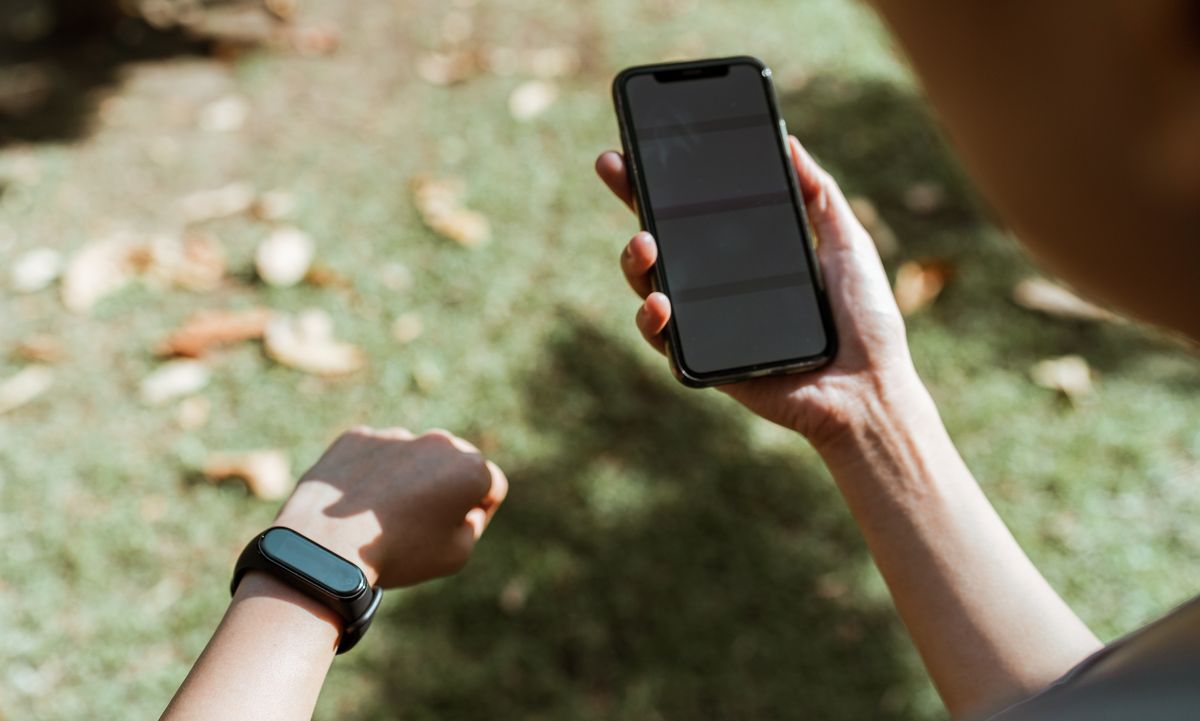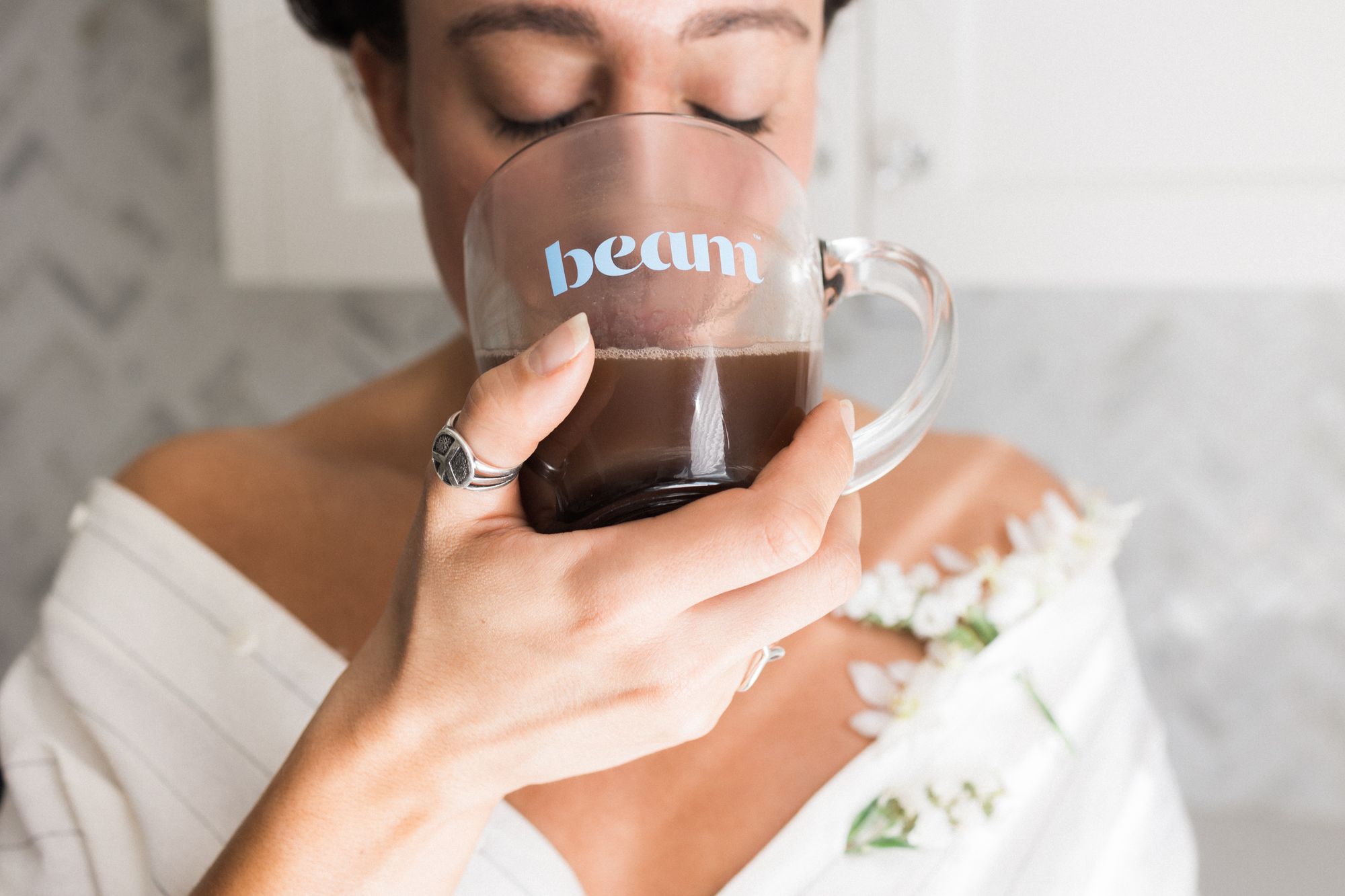🦀 PT Crab Issue 109 - HRVs Please Please Please

This week we’re talking about something that may be brand new to many of you but has been slowly leaking into the rehab world over the last few years. It’s heart rate variability. Everyone’s familiar with heart rate, but variability is a separate beast that lets you directly measure physiological stress. It’s the R-R interval on an EKG. I’ll get into the physiology below, but read on because this is quite an interesting topic.
We’re opening with a piece we rarely do, a non-scholarly article that goes into the hows and whys of HRV. It’s written by Marco Altini, an Italian physiologist who has been at the forefront of this work for a while. He emphasizes its use in endurance performance (which is the way I use it) but we follow up with a couple of scholarly pieces about using it for chronic conditions as well. I was first introduced to it in the medical world by a PM&R physician who uses it for stress management in their patients with EDS and it has been researched in chronic fatigue, chronic pain, fibromyalgia, and more.
With all that precursor, let’s dive in!
This week’s PT Crab is brought to you by Beam. More details below.
What is HRV? Ask Marco Altini.
The Gist - Before we dive in, fair warning that Marco is the developer behind an app that I actively use, HRV4Training. He’s also a very reputable physiologist and doesn’t only tweet and write about HRV because of his app. But he does tweet and write about HRV because of his app, so jsyk about that conflict of interest. He is undoubtedly an expert, even if he has skin in the game.
First off, what is HRV? It stands for heart rate variability and is the distance between R intervals in an ECG. You can also get it by listening to the heart or by visualizing a pulse the way a pulse ox monitor does it. Basically, any method digitally to track heartbeats can theoretically capture HRV, including your Apple Watch (and my Garmin). The actual number doesn’t really matter, what matters is the way that it clues us in to sympathetic nervous system activity. To be basic as I sip my PSL, the heart is controlled in a balance of SNS and PSNS activity, with the leakiness and sensitivity of the cardiac cell membranes being modified via the vagus nerve and the splancnics. If you’re stressed, HRV tends to be more sympathetically controlled, even at low heart rates. If you’re calm, the PSNS does it via the vagus nerve. The higher the HRV, the higher your vagus activity is. More vagus activity indicates less stress. In Marco’s words: “as the body tries to maintain balance so that it can function optimally, heart rhythm is influenced by a series of processes going from the brain to the heart, processes that reflect the level of stress on the body.” And HRV let’s us measure that.
Tell Me More - I know that was long, but I’ve got more. Specifically, what’s the point? How do we use it to help our patients? The studies below go into that, so King Crab subscribers have a lot more scholarly data on this coming their way. Become a $5/month supporter for that here. I also provide them with more resources on most topics to grow their knowledge outside the Crab and they never get ads in their newsletters.
For this piece, Marco discusses how HRV is a monitoring tool and that other research has shown that tracking it can be effective in identifying and reducing stressors that lead to pain, dysfunction, and disability. Many athletes (me included) use it to guide their training, identifying days when they’re physiologically or psychologically stressed so they can reschedule hard workouts for times when they’ll get more benefit. Researchers have found similar approaches in chronic pain science, helping people correlate their pain with HRV-identified stress so they can find what habits reduce physiological stress and better understand the neuroscience behind pain. Daily trend tracking can help people feel in control of their stress experience and it’s the trend that’s most important. Individual data points don’t mean anything since HRV norms are person-specific. A few days of non-stressful tracking (like on a vacation or a long weekend) are necessary to establish what a low stress baseline looks like.
Want to know more? Check out the article and more of Marco’s writing over on the HRV4Training blog. And yes, it is marketing for the app (which I use myself. But it’s also an amazing primer for HRV and there are many ways for your patients to track their HRV, not just the app.
Want to sleep better? Try Beam.
Beam is a wellness brand best known for their CBD hot chocolate, designed to help you sleep better. It has 0 added sugar and is filled with ingredients designed to help you fall asleep better. Their hot chocolate is lightly laced with cinnamon and their fall special features a pumpkin spice version, if that’s your jam.
Readers of PT Crab get a free milk frother and 35% off their first order from ShopBeam.com and 20% off every order after with promo code TONIC. That’s at ShopBeam.com. Please use our link so they know we sent you!

From the archives: How does manual therapy for pelvic pain work anyway?
The Gist - Manual therapy for the relief of pelvic pain is incredibly common according to this survey and analysis. There’s a huge variety (a constant problem when assessing it with research) but it appears that no one is much better than any other. Because of that, the authors of this paper in the Journal of Women’s Health Physical Therapy wanted to dig a bit deeper into theories of how it works. I don’t have room for it all here, so see the paper for details, but here are some highlights.
- Manual therapy definitely causes joint motion and changes tissue quality, but we don’t know how much this is related to its actual outcome.
- The effects of therapy depend on the context in which it is applied.
- Things like patients and provider expectations change the outcome, pointing out that it can’t all be mechanical.
- A combination of patient and provider preferences can have a huge effect on whether the manual is considered to be helpful.
So, where does that leave us? We know that patients like manual therapy and that it does work even in bad contexts, but not as well. Manual therapy is as much about the setting, story, and language as the hands-on skills and we don’t understand everything about it.
Tell Me More - If you made it this far, I recommend popping open the open access paper. Since this is a narrative piece, it’s quite easy reading compared to most of the research I send your way. If you’re not down for that, I’ll emphasize again that manual therapy is about context, narrative, story, and setting. We all know that poor clinic design, annoying forms, ratty Venetian blinds, and crabby front office people detract from the experience of PT, right? Well, manual for pelvic pain is a bit like that, just not as dramatic. A comfortable environment, a trusted clinician, a relationship, and the belief that it will work are all necessary for effective manual therapy in any context, but especially in pelvic pain, according to this piece. I know that you know this, but you need to really practice this to make it as effective as possible. That’s what the paper is laying out for us.
Fine, I’ll read it. Finally, geez.
And that’s our week! Thanks for reading again and please share PT Crab with friends, colleagues, insta followers, facebook groups, everyone you can think of. That’s how we grow!
Have a great week,
Luke
